Date: 21 Aug 2025
Where and how is the olive tree grown?
The olive tree (Olea europaea) is one of the most beloved and valued plants in the world, known for its longevity, symbolism and delicious fruits - olives. Its cultivation has a thousand-year tradition in the Mediterranean, but is increasingly being transferred to other regions, including our country. Although it requires specific conditions, with proper care the olive tree can be successfully cultivated both in the garden and in a pot on the balcony or at home.
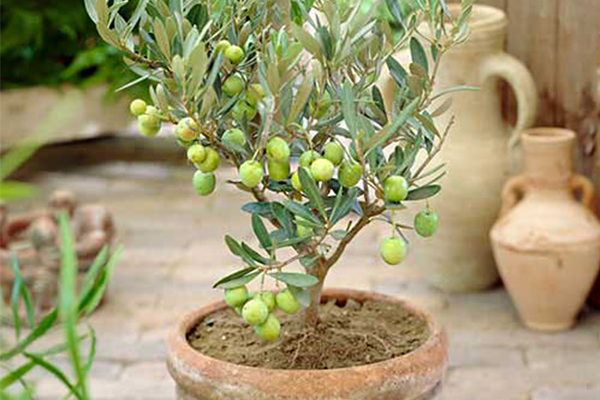
Climate and growing conditions
The olive tree is a plant that prefers a warm and dry climate . It grows best in areas with a Mediterranean climate – mild and wet winters and long hot summers. In Bulgaria, similar conditions are found in Southern Bulgaria , along the Black Sea coast and in the wind-protected areas around Plovdiv, Sandanski and Haskovo. There, olive trees can grow freely in the ground and even bear fruit.
In cooler parts of the country, especially in Northern Bulgaria, growing in a pot is the better choice . This way, during the winter months, the tree can easily be brought indoors, where the temperature does not drop below 5°C. Although the olive tree can withstand short-term low temperatures of up to -7°C, prolonged exposure to cold can damage it.
You can view suitable pots HERE.
Planting in the garden
To grow well, the olive tree needs a sunny and warm place . It is a plant that loves direct light and does not tolerate prolonged shade. The most suitable soil is light and well-drained, because its roots do not tolerate stagnant water. When planting in the garden, it is recommended to dig a deeper hole and place a layer of small pebbles or sand at the bottom to facilitate moisture drainage.
Planting is best done in spring or early fall , when the weather is milder and there is no risk of frost. Young olive trees need regular watering to build a strong root system. Once established, the plant becomes drought-tolerant and can withstand long periods without water, but moderate and proper watering is key to better fruiting.
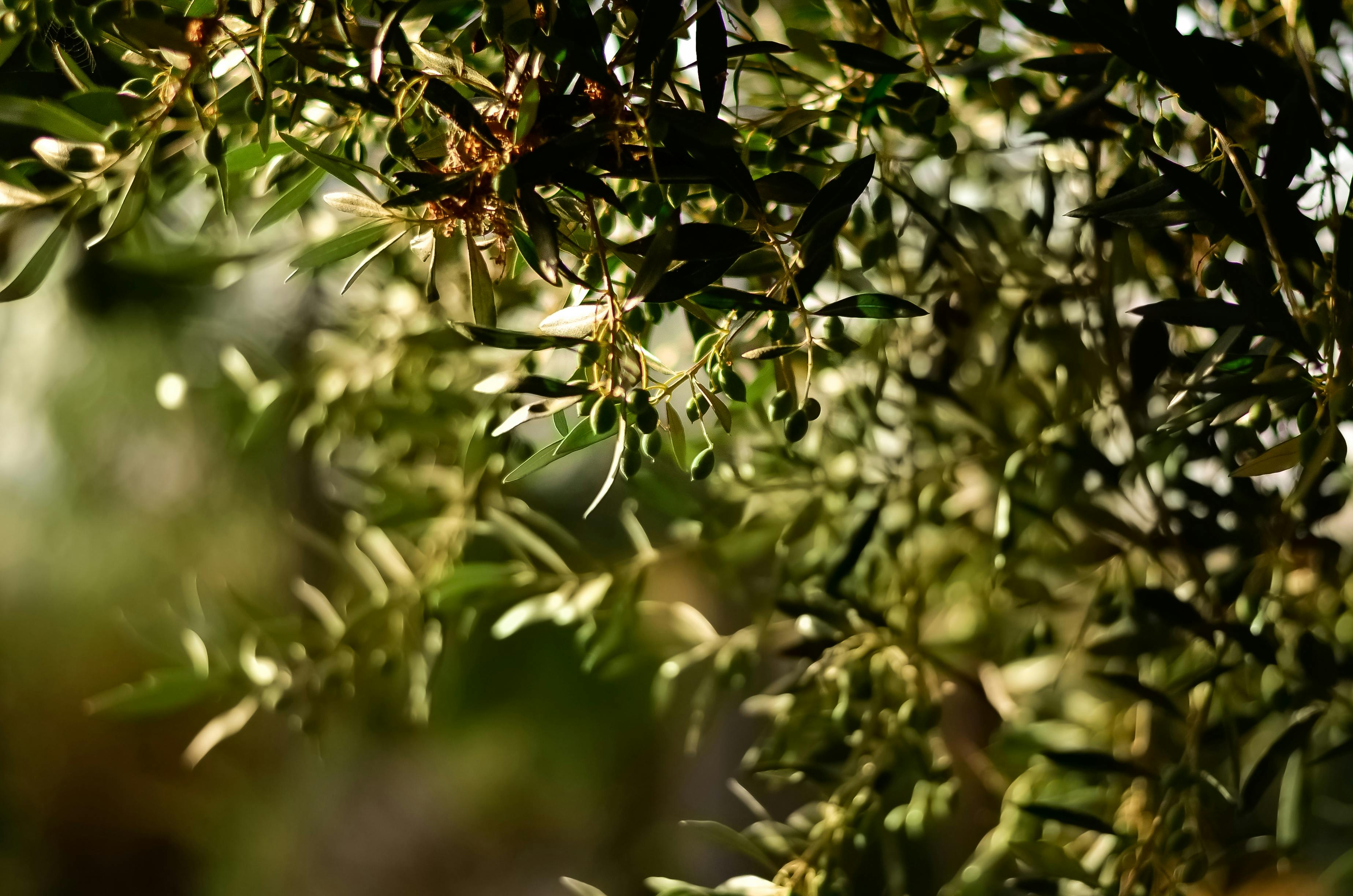
Growing an olive tree in a pot
For those who don't have a yard, an olive tree can be a wonderful addition to your interior or patio. It brings a sense of Mediterranean coziness and is relatively easy to care for.
-
Pot : Olive trees have deep roots, so a pot with sufficient depth and good drainage is recommended. Ceramic and clay pots are suitable because they allow the soil to "breathe".
-
Soil : It is best to use a mixture of all-purpose garden soil, sand and a little perlite to provide a light and well-drained environment.
-
Lighting : The olive tree loves a lot of light. If it is in an apartment, it should be placed near a south-facing window. In winter, when sunlight is limited, it is a good idea to use full-spectrum LED plant lights to compensate for the lack of natural light.
-
Watering : Water when the top layer of soil dries out. Overwatering is one of the most common mistakes – waterlogging can lead to root rot.
You can see suitable soil HERE.
Fertilization and maintenance
The olive tree is relatively unpretentious, but to keep it healthy and beautiful, it is good to fertilize it regularly. The most suitable are balanced fertilizers with nitrogen, phosphorus and potassium , as well as specialized fertilizers for citrus and Mediterranean plants. Nitrogen promotes leaf growth, phosphorus strengthens the root system, and potassium is important for flowering and fruiting.
Pruning is also an important part of care. It is done in early spring , removing dry and intertwined branches. This shapes the crown and stimulates better fruiting.
See fertilizers with nitrogen, potassium and phosphorus HERE and choose the best one for your olive tree.
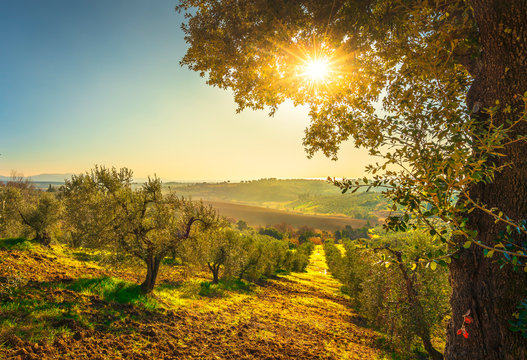
Interesting facts about olive trees and olives
-
Olive trees are known for their longevity – some specimens live for more than 1,000 years , and the oldest tree in Crete is about 3,000 years old .
-
Olives cannot be eaten directly because they are bitter. To become edible, they must go through a process of salting or fermentation.
-
Olives produce olive oil - the true "liquid gold" of the Mediterranean, known for its beneficial health properties.
-
In Ancient Greece, the olive wreath was a symbol of victory and peace and served as a reward for Olympic champions.
-
The olive tree is not only a fruit-bearing plant, but also a valuable ornamental species - it is often used in parks, gardens, and even interior design.
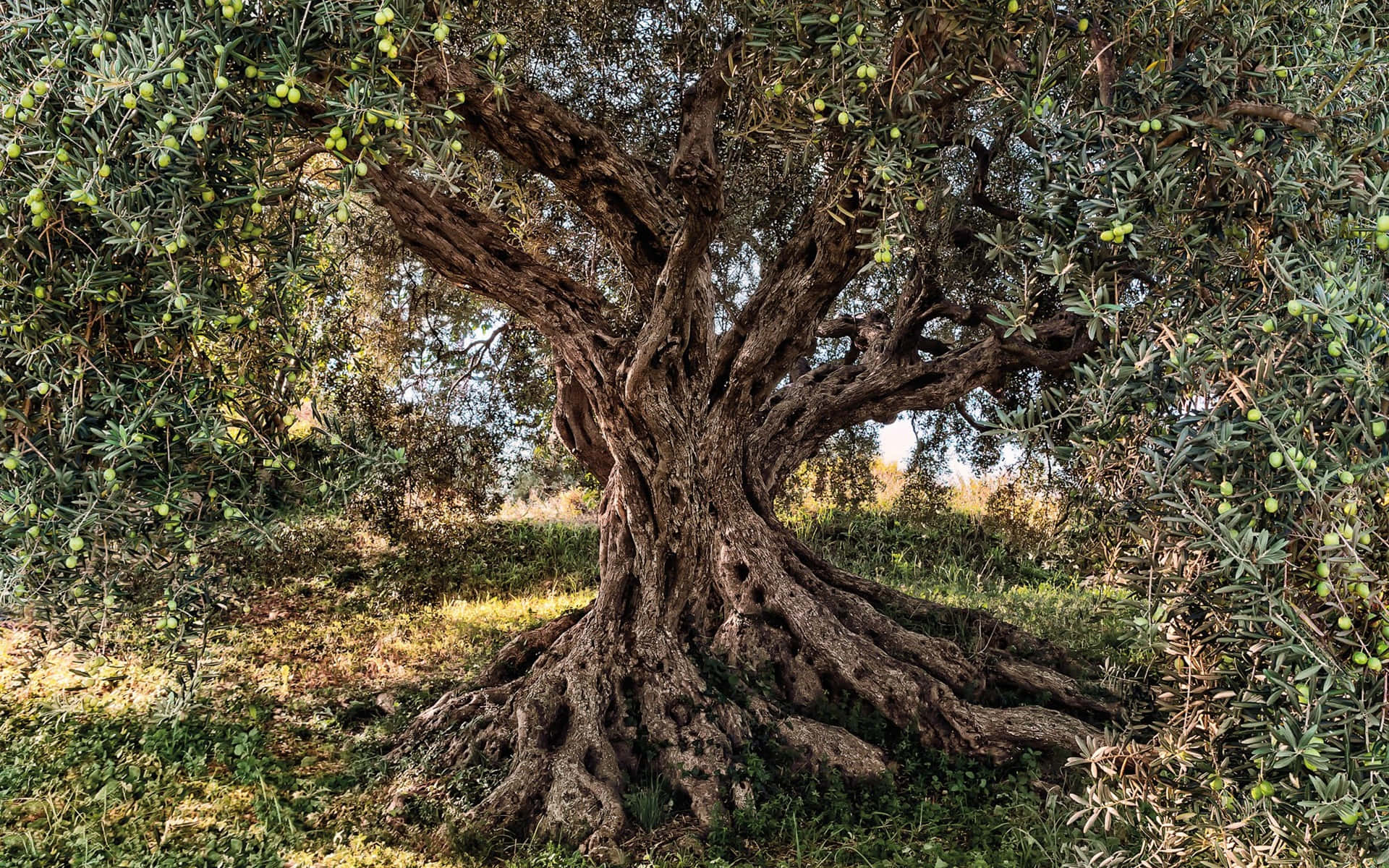
The olive tree is not just a plant, but a living symbol of resilience, fertility and beauty . With proper care, it can delight with both its decorative value and delicious fruit, whether you look at it in a garden in the south or in a pot on a balcony in a cooler region.



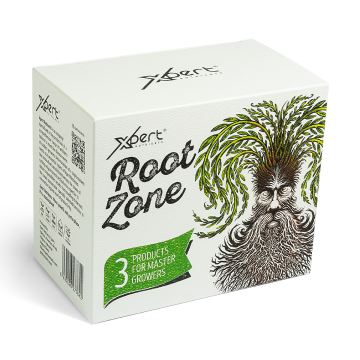
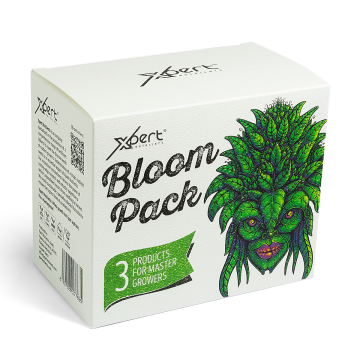
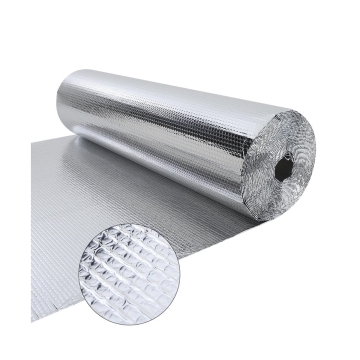



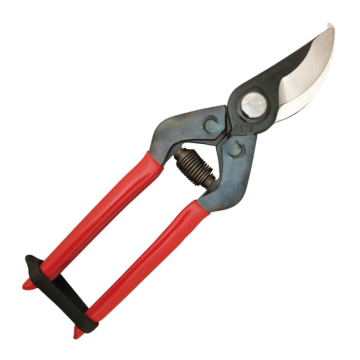

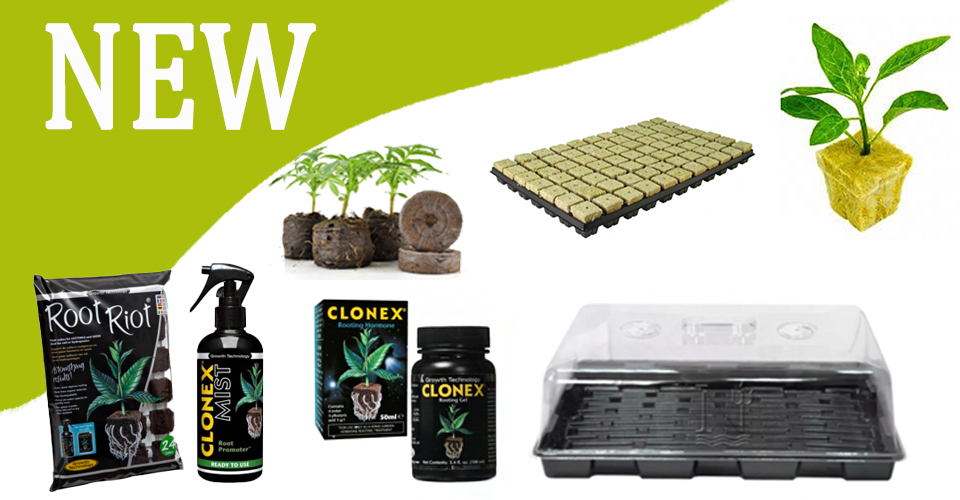
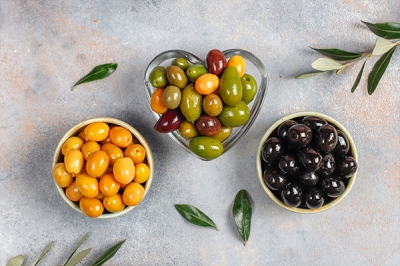




































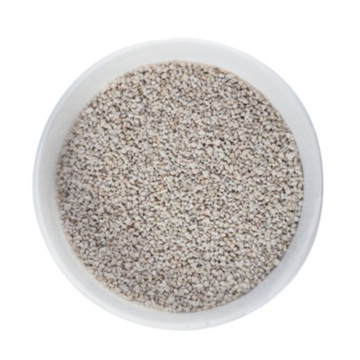
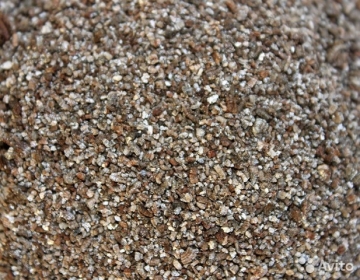
Post comment